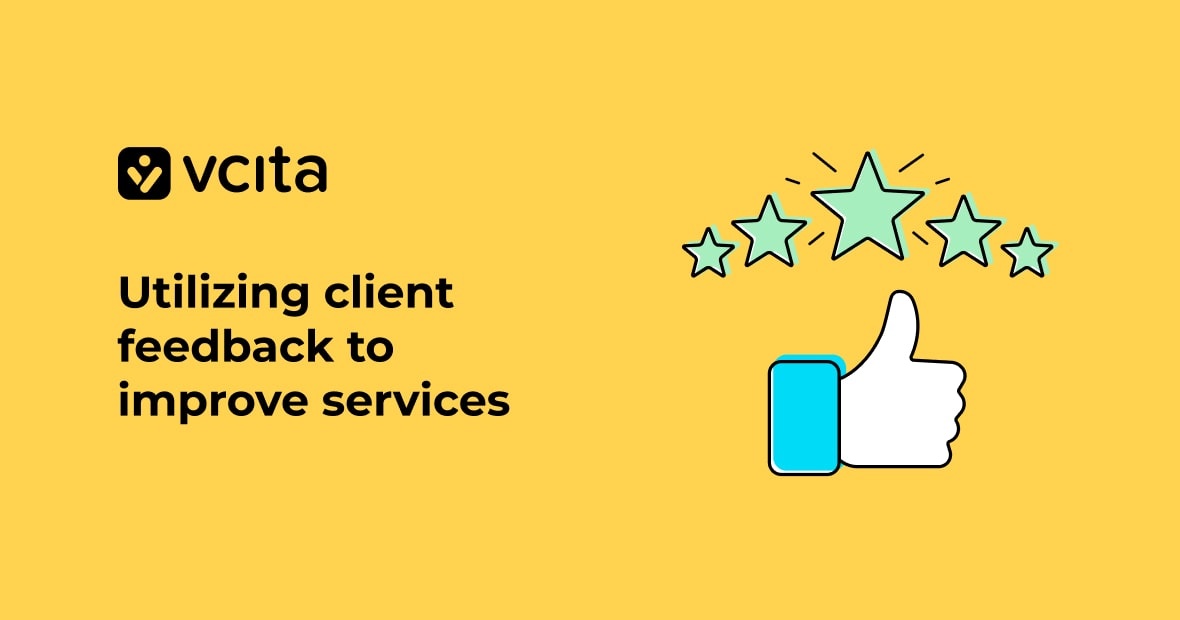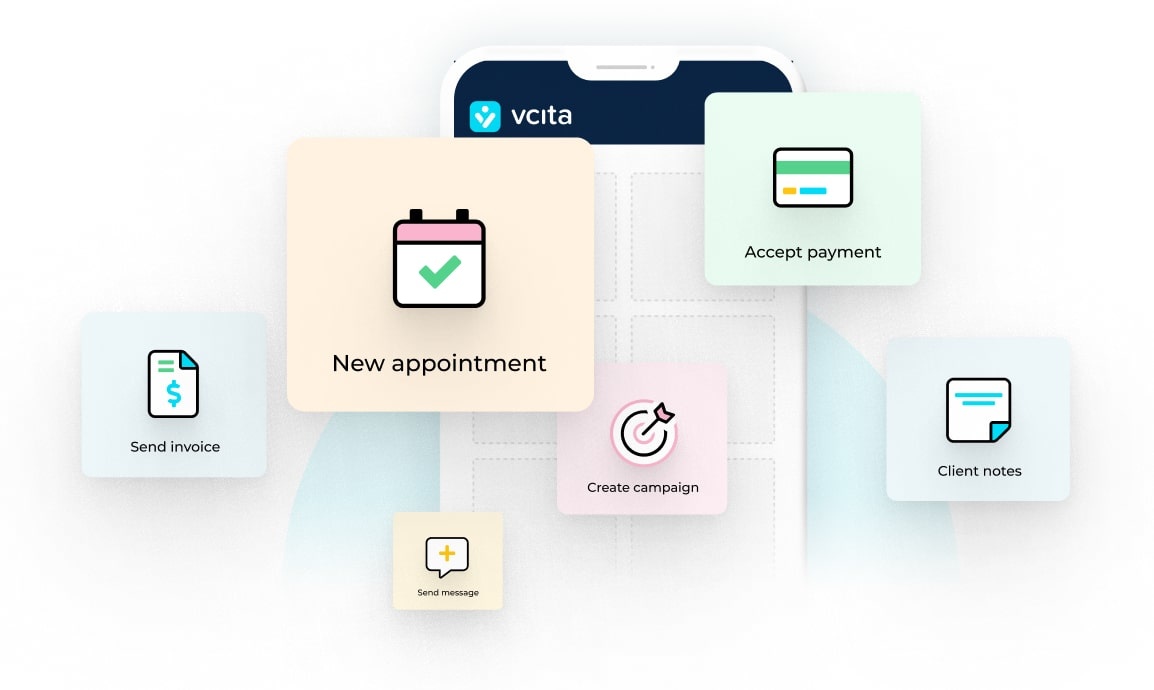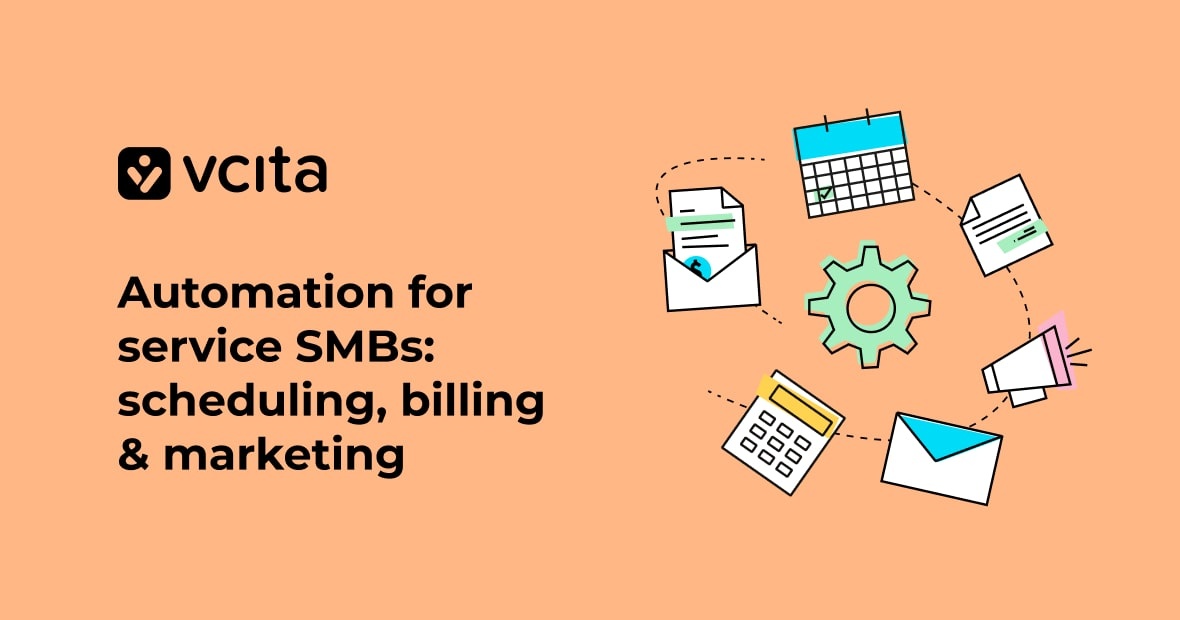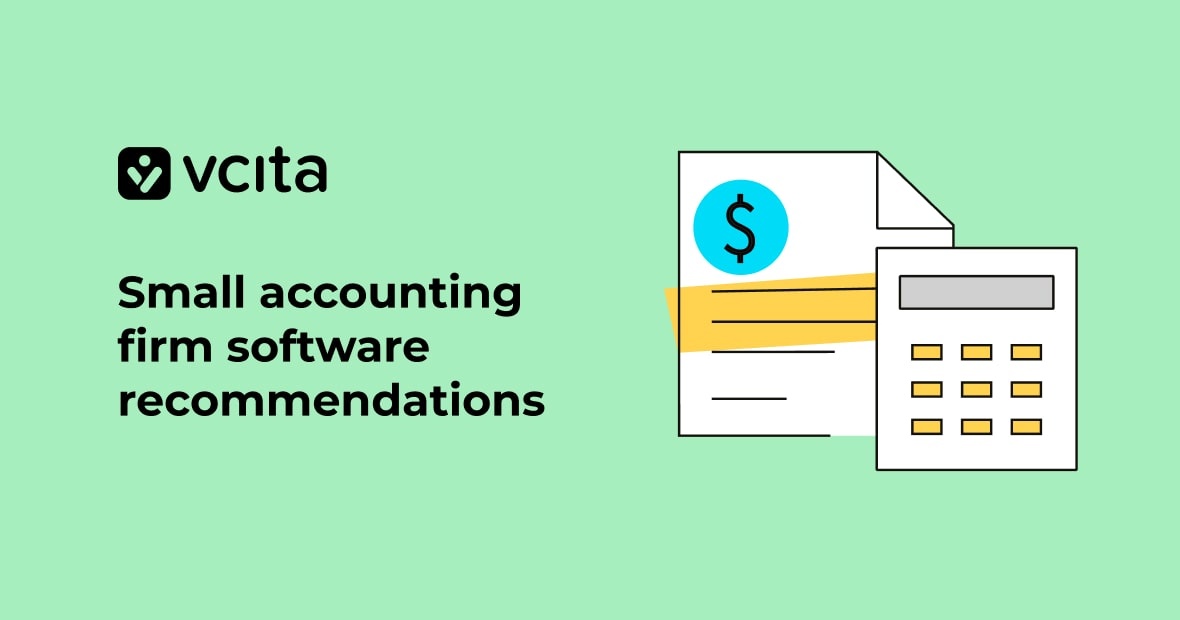Client feedback is your secret weapon for business growth. Discover how leveraging feedback can help overcome common challenges and optimize your services with powerful tools from vcita.
This is part of a series of articles about customer interaction management
TL;DR: Client feedback helps small businesses enhance service quality, address pain points, and boost customer loyalty. Platforms like vcita streamline feedback collection, analysis, and implementation.
Key Takeaways:
- Client feedback identifies business blind spots.
- Feedback loops enhance customer experience and retention.
- Automation tools make feedback gathering efficient.
- Effective implementation of feedback drives revenue growth.
Why is client feedback important for small businesses?
Every successful business listens carefully to its clients. Small service-based businesses, in particular, benefit tremendously from customer insights. Feedback helps owners pinpoint what’s working and what’s not, allowing continuous improvement. When your clients feel heard, their satisfaction and loyalty naturally increase, creating a stable and growing customer base.
Common pain points for service-based businesses
Small business owners typically encounter several common issues around client feedback:
- Identifying service gaps: Not always obvious until pointed out by customers.
- Maintaining customer satisfaction: Struggling to consistently meet client expectations.
- Efficient feedback collection: Manual feedback processes consume excessive time and resources.
- Turning feedback into action: Difficulty translating customer insights into actionable steps.
- Managing negative feedback: Difficulty addressing and managing negative reviews constructively.
Recognizing these challenges is the first step toward resolution.
How do I gather client feedback effectively?
Gathering client feedback can seem daunting, but implementing structured processes simplifies it significantly.
Easy ways to collect customer feedback
- Online surveys and forms: Tools like vcita allow quick creation and distribution of surveys that clients can easily complete.
- Direct conversations: Informal chats during or after services provide immediate, valuable insights.
- Social media listening: Monitoring social platforms reveals spontaneous, genuine customer reactions.
- Email follow-ups: Automated post-service emails gently request feedback, increasing response rates.
- Feedback boxes: Simple suggestion boxes at physical locations encourage spontaneous input.
- Client reviews: Encouraging reviews on public platforms boosts credibility and visibility.
Using these methods ensures comprehensive data collection without overwhelming your workload.
Leveraging client feedback automation with vcita
vcita provides robust tools designed specifically for service-oriented small businesses to gather customer feedback more efficiently:
- Automated surveys: Effortlessly customize and send feedback forms after every client interaction.
- Centralized client portal: All feedback and client interactions are stored in a single, easily accessible place.
- Seamless integration: Effortlessly sync feedback data with existing client management systems to maintain organized records.
- Scheduled feedback requests: Automatically time follow-up emails and SMS reminders to maximize client engagement.
Automation saves valuable time, allowing you to focus more on implementing feedback rather than collecting it.
How can feedback improve my customer service?
Feedback serves as a roadmap to exceptional customer service, helping you understand precisely what your clients value and expect.
Enhancing customer satisfaction
Addressing feedback directly and quickly demonstrates that you care about your clients’ experiences. By actively resolving reported issues, you significantly improve customer satisfaction and reduce client churn.
Personalized service experiences
Feedback lets you understand your clients better, facilitating tailored services that precisely match their desires. For instance, vcita’s integrated CRM system enables you to document individual client preferences, allowing personalized follow-ups and tailored service recommendations.
Continuous improvement
Consistently implementing small changes based on feedback fosters an environment of continuous improvement. Regular adjustments help your services remain relevant and competitive.
What are the best practices for using client feedback?
Effectively using feedback involves more than just collecting it. It’s all about interpreting and acting upon the insights provided.
Analyze and prioritize feedback
Not all feedback will be equally actionable or valuable. Prioritize the most frequently mentioned and impactful issues. Tools within vcita help you identify common themes and highlight critical areas requiring attention.
Develop an action plan
Create specific steps based on feedback. Clearly define timelines, responsible parties, and expected outcomes. This structured approach ensures that nothing falls through the cracks.
Communicate changes back to clients
Transparency builds trust. Inform your clients about changes inspired by their suggestions. This reinforces their sense of connection to your business’s growth, fostering deeper relationships.
How can I measure the impact of implementing feedback?
Evaluating the results of feedback implementation ensures continuous improvement. Although there’s no single metric that measures the effects of acting on customer feedback, there are a number of KPIs that can serve as proxy metrics. Here are some ways to track the impact of feedback implementation.
Monitor customer satisfaction scores
Use periodic surveys to track customer satisfaction levels. Improvements in these scores can indicate successful feedback utilization.
Track repeat business rates
Increasing repeat business rates often directly correlate with effective feedback management. Happy customers consistently return, boosting your bottom line.
Analyze revenue growth
Evaluate whether revenue growth correlates with implemented changes driven by feedback. vcita’s analytics can track growth metrics, directly linking improvements to tangible financial outcomes.
Managing and responding to negative feedback
Negative feedback can initially feel discouraging, but often contains valuable insights that help improve your services.
Constructive response strategies
Address negative feedback promptly, professionally, and empathetically. Apologize sincerely and offer solutions or compensations where appropriate. Demonstrating responsibility and a willingness to correct mistakes builds credibility.
Turning detractors into advocates
Effectively handling complaints can convert dissatisfied clients into loyal supporters. Clients who see genuine efforts to improve their experience often become advocates, strengthening your reputation.
Leveraging positive feedback for marketing
Positive client feedback can significantly enhance your marketing efforts.
Showcasing testimonials
Feature glowing testimonials and reviews prominently on your website, social media, and promotional materials. Genuine customer praise serves as powerful social proof, attracting potential new clients.
Encouraging client advocacy
Clients who provide positive feedback are potential brand advocates. Encourage satisfied customers to refer to your services, participate in case studies, or share their experiences publicly. vcita can help manage and nurture these advocacy relationships efficiently.
Turning feedback into your competitive advantage
Embracing client feedback transforms challenges into opportunities. With vcita’s intuitive tools, gathering, analyzing, and implementing feedback becomes straightforward and effective. Actively incorporating client insights positions your small business for continuous improvement, customer satisfaction, and sustained growth.




























